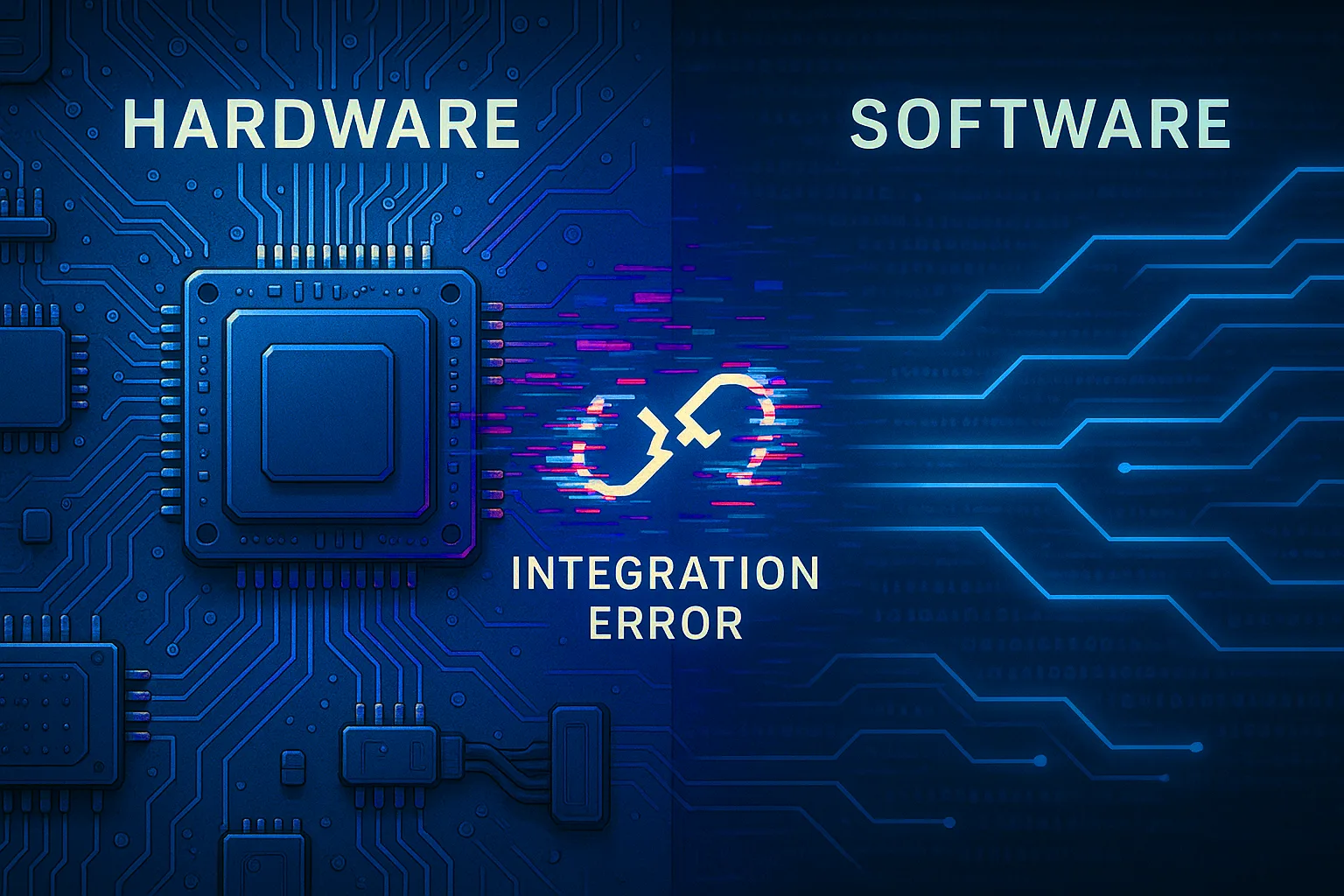Whether you’ve heard of HTML5 Canvas or the HTML Canvas object, you’re going to. HTML5 is real and it’s here. If you’re going to leverage technology the way you need to for success in today’s business world, HTML5 canvas has to be a part of your overall plan.
You’ve got to understand this technology today. First, let’s take a brief history lesson of the web. The web really got its first bubble treatment when HTML was a fully recognized standard. This resulted in the ugly web pages of the late 90’s, but we thought they were beautiful back then. They were static pages, but we were adding images to text — not just on the page, but in backgrounds, menus and everywhere else we could squeeze them.
Web 2.0 reemerges
After the tech crash in 2000 or so, we saw a reemergence in what became known as Web 2.0. The real differentiating factor in Web 2.0 was the ability to interact, brought by DHTML (Dynamic HTML) aka JavaScript. Now you were able to mouse-over a button and have it indent. Menus could drop-down — we take it for granted now, but that was the exciting part of the interactivity brought by Web 2.0. Since the release of JavaScript and an interactive web, technology has continued to improve. We’ve seen a consistent growth since then, not an individual release of a major technological step.
Because there wasn’t a particular, single release, the progression lately has gone along without a lot of hype. However, there have been a lot of improvements to both the client and server side of the web. On the server side, we’ve seen PHP and MySQL open up to allow the deployment of large, dynamic databases via the web. This was previously technology that was only available on an internal server network, reducing the applications for utilizing large databases.
We’ve also seen desktop PC speeds continue to increase, which means that JavaScript can do a lot more today than it could 10 years ago. However, the web still couldn’t handle complete applications. Think about the Apple denouncement of Flash. There were videos, and video-like graphics that could only be done in Flash. To really do something resembling a desktop application, you’d need to have Flash again. Apple’s refusal to support Flash on iOS devices isn’t the only issue with Flash. Flash is largely unsearchable, which means you hurt yourself in Google searches. It also requires a completely independent plugin to run the code, so you also limit the amount of interaction you have with your website. If that sounds confusing, imagine how your visitors feel about it!
Then there was HTML5 Canvas
HTML5 canvas is the next game changer. ALMOST all the necessary components were a part of HTML, but it was missing the ability to truly integrate audio and video. HTML5 will let you stream video, but you don’t need to be building the next youtube for this to be a game changer.
Imagine taking customer data, collating it and displaying it in a live, adaptable chart. (For a great demo, check out the example charts at Highcharts.com). This can all be done using HTML5 canvas. With a canvas, it’s like having a piece of your desktop in a webpage. More than that, it’s a piece of your desktop that can seamlessly interact directly with the technologies of the Internet.
Now the desktop meets the cloud with HTML5 Canvas
Yes, the canvas element is handy for creating games or other interesting multimedia uses. But the real crux of the canvas element is how you integrate it into your applications or the new applications you can create for your business with this new availability. Let me put this another way for businesses — you can now write your desktop application for the web and have users run it on Windows, Mac OSX, Linux, Android, et al. You could get pretty close with JavaScript, but when you needed real graphics work, you were still out of luck. The canvas element is really the first time you have all the necessary components of a desktop application available via the web.
Additionally, with support by operating systems like Android, your desktop app may get you into the mobile space for free. That’s a good discussion for a separate article, but suffice it to say that if you’re application doesn’t require an enormous amount of horsepower (processor or graphics), there’s a good chance it will run well on Android as well.
How does this open the possibilities for your company or product? HTML5 canvas is a very powerful tool. We laid out a few different ways it could be used to integrate the desktop with the cloud, or to bridge the gap of cross-platform development. There are still a few things to be worked out, such as local file access, but all in all, the canvas element is a pretty powerful one that may just be the final piece of the puzzle for your needs.
For more insight into web development, check out my article “Responsive Web Design: More Than Just Mobile”.
Author: Brian Geisel, CEO of Geisel Software





